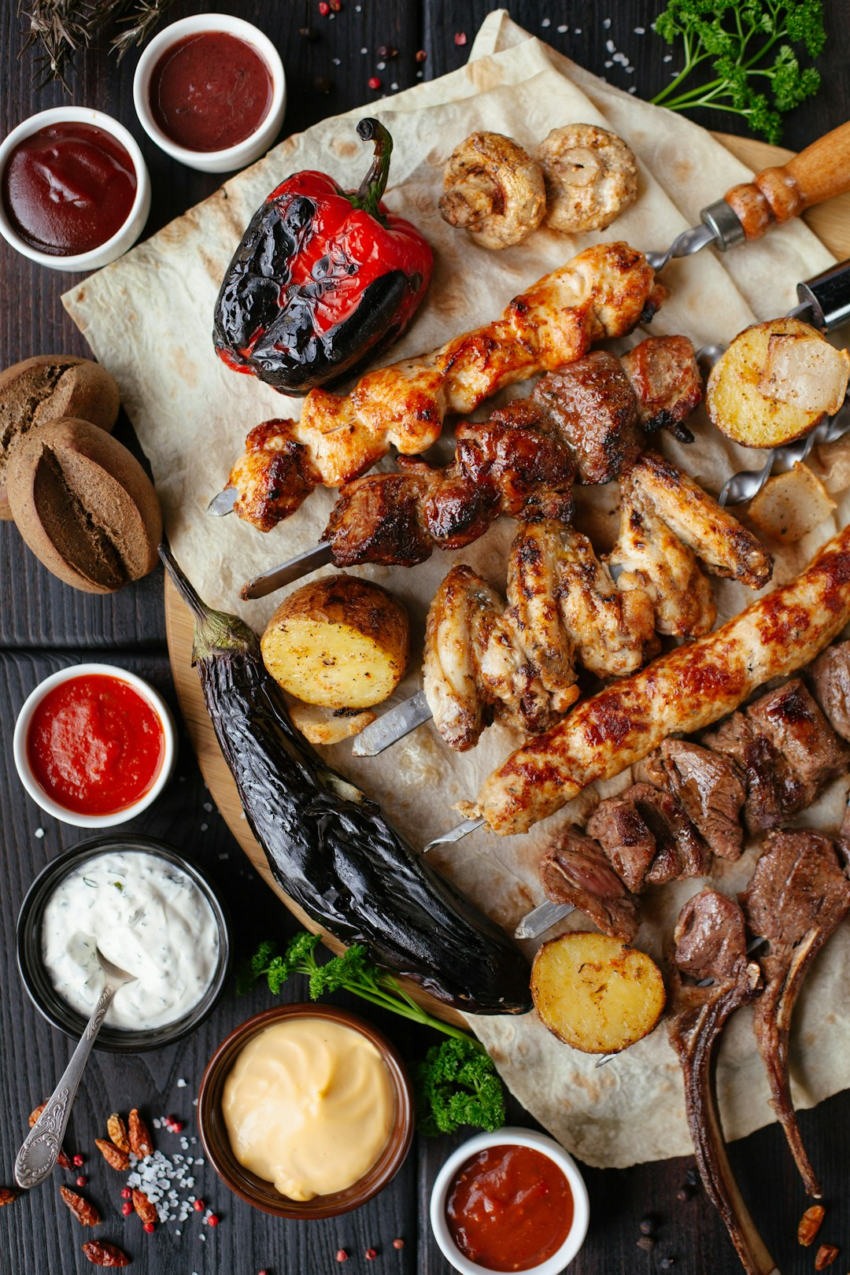Creating a low-carb BBQ beef jerky starts with selecting lean cuts like round or sirloin for minimal fat and maximum flavor. Season with salt, pepper, smoked paprika, garlic powder, onion powder, lemon zest, and herbs like thyme or rosemary. Dehydrate at 75°C-93°C using an oven or food dehydrator for uniform texture. Store in airtight containers at room temp or vacuum-sealed bags for up to 6 months.
Looking for a satisfying, low-carb snack that won’t derail your diet? Try making your own BBQ beef jerky! This guide covers everything from selecting the best cut of beef to creating mouthwatering seasonings, mastering dehydrating techniques, and storing your jerky fresh. Learn how to craft the perfect BBQ beef jerky recipe with minimal carbs for a delicious and healthy on-the-go treat.
- Selecting Top-Notch Cut of Beef for Jerky
- Seasoning Basics: Creating a Flavorful Low-Carb Blend
- Dehydrating Techniques for Optimal Texture and Taste
- Storage Solutions to Keep Your Jerky Fresh
Selecting Top-Notch Cut of Beef for Jerky
When crafting a low carb barbecue beef jerky, the first step begins with choosing the perfect cut of meat. Opt for a lean, high-quality piece of beef, such as round or sirloin. These cuts provide the ideal balance between flavor and minimal fat content, ensuring your final product is both delicious and healthy. Look for a well-marbled meat with visible traces of fat, as this adds to the jerky’s mouthfeel and richness without compromising its low-carb nature.
A quality BBQ beef jerky recipe relies on these top-notch cuts to deliver exceptional taste. The slow-roasting process further enhances the flavor, resulting in a savory snack that satisfies cravings without the guilt. Remember, the key is to find a cut that offers both tenderness and a robust flavor profile, setting the stage for an enjoyable low-carb snacking experience.
Seasoning Basics: Creating a Flavorful Low-Carb Blend
Creating a low-carb barbecue beef jerky requires a simple yet flavorful blend of seasonings to make up for the absence of carbohydrates. The key is balancing savory, smoky, and tangy notes for a satisfying snack. Start with a base of salt and pepper for depth; these are essential for any jerky recipe. Then, add a generous amount of smoked paprika for that classic barbecue flavor without adding carbs. A sprinkle of garlic powder and onion powder amplifies the umami taste profile. For a tangy twist, incorporate a pinch of lemon or lime zest to brighten up the flavors.
Don’t forget to experiment with herbs like thyme or rosemary for an aromatic touch. The beauty of seasoning jerky is that you can tailor it to your taste preferences while keeping the low-carb count in mind. With these basic steps, you’re well on your way to crafting a delicious and satisfying bbq beef jerky recipe perfect for snacking.
Dehydrating Techniques for Optimal Texture and Taste
When crafting a bbq beef jerky recipe, understanding dehydrating techniques is key to achieving optimal texture and taste. The traditional method involves using an oven set at a low temperature, typically between 170°F to 200°F (75°C to 93°C). This slow cooking process allows for the gradual removal of moisture from the meat, resulting in a chewy yet tender jerky.
For a more consistent and even dehydration, consider using a food dehydrator. These appliances circulate warm air across the meat slices, ensuring uniform drying and preserving both the flavor and texture. This technique is particularly beneficial when making bbq beef jerky recipe at home, as it offers better control over temperature and time, leading to a superior final product.
Storage Solutions to Keep Your Jerky Fresh
Proper storage is key to preserving the freshness and quality of your low-carb barbecue beef jerky, especially if you’ve made it from a delicious BBQ beef jerky recipe. To maintain its crispness and prevent moisture absorption, store the jerky in an airtight container at room temperature. This keeps it protected from both humidity and airborne contaminants. You can also opt for vacuum-sealed bags, which offer superior protection by removing oxygen, a primary cause of oxidation and spoilage.
For longer-term preservation, consider freezing your jerky. This freezes out any remaining moisture, extending its shelf life significantly. Ensure the jerky is fully defrosted before serving, as freezing can alter its texture slightly. Remember to label and date your storage containers for easy tracking, especially if you’re making large batches of your mouthwatering BBQ beef jerky recipe!
